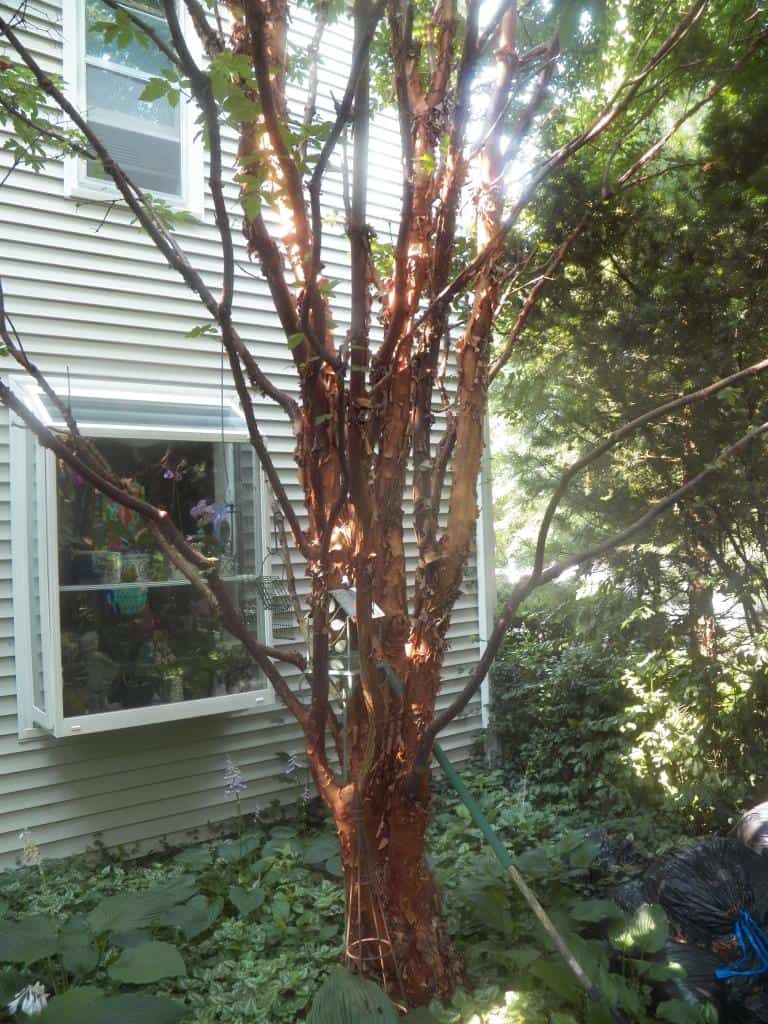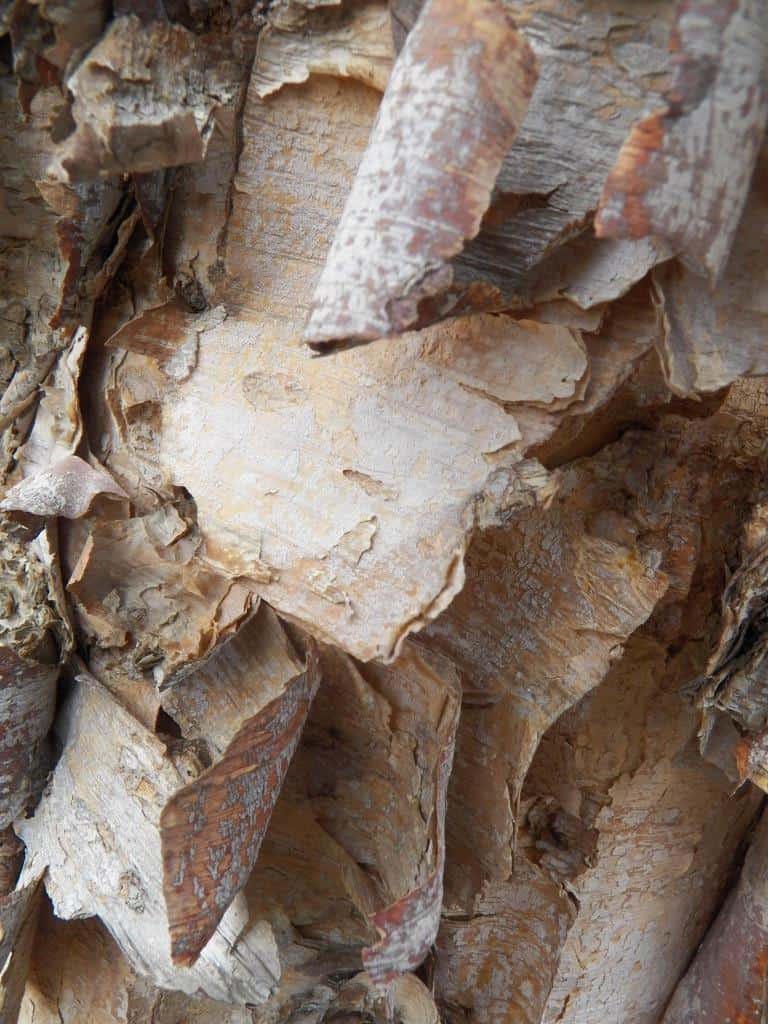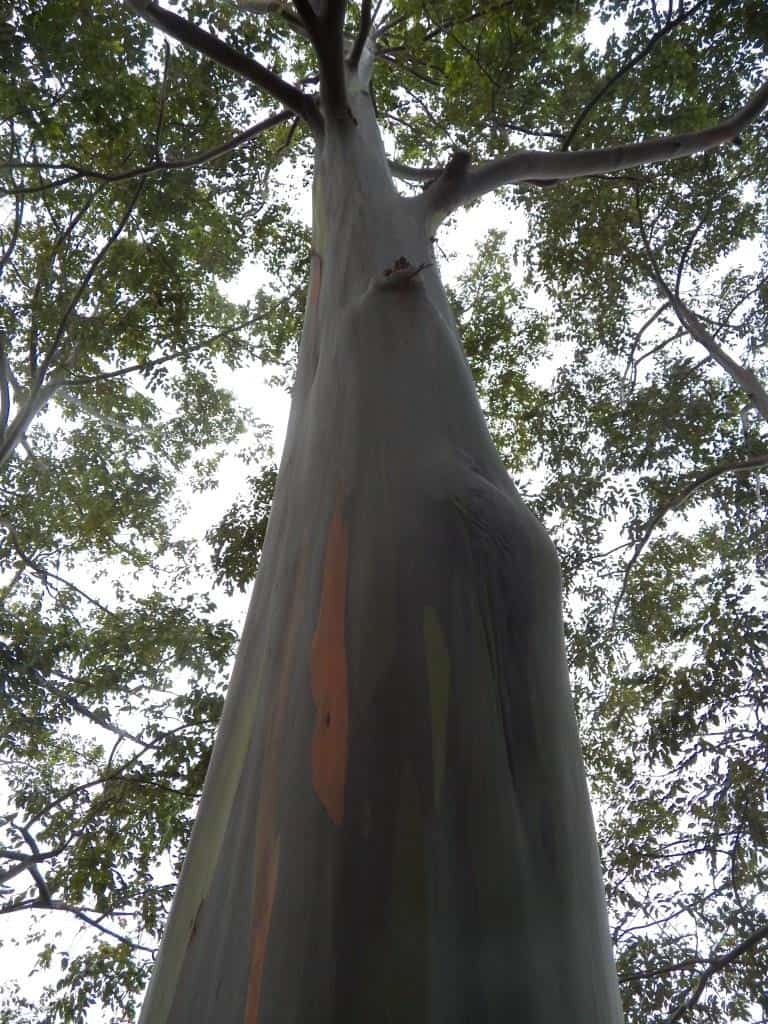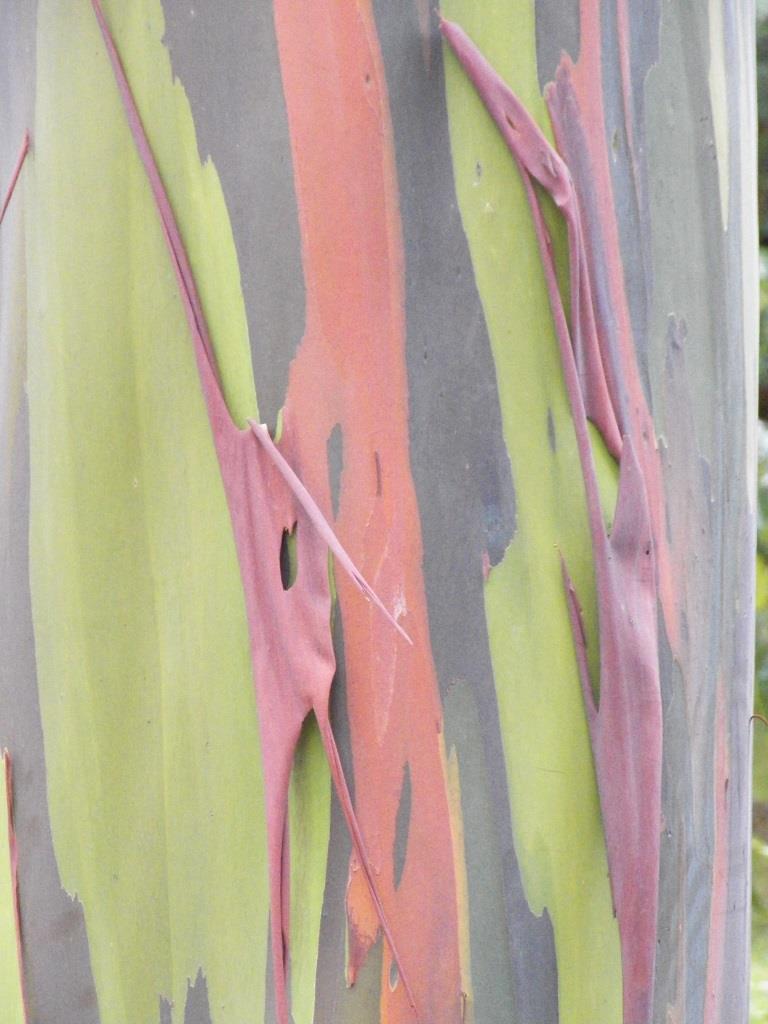Being a tree person leads to many different obsessions – fall color, fruit, shade, and bark. I first heard the term barkophile, not an actual word but very real, used at a conference in Iowa last winter. It has been used to describe arborists and landscapers who seek out trees for their bark characteristics. Everything from corky bark to colored, and we all try to grow trees specifically for it. In the past, nurseries and plantsmen have selected trees for their hardiness, size, weeping abilities, fall color, flower color, fruiting ability, and growth rate. In just the past few years, nurserymen have begun selecting trees for bark characteristics.

When we start talking bark, we have to think more about winter interest than any other, as we will see bark the most at this time. There are different types of bark habits that we love, and will select for when choosing trees. Peeling, corkyness, thickness, color, striping, and blotchiness are the main things we look for in bark.

Peeling bark is the easiest to find, and often on trees we love for other reasons as well. Birches, paperbark maple, ornamental cherry, pines, shagbark hickory, and sycamore are our favorites and the easiest to find.

Corky bark can be found on bur oak, cork oak, hackberry, elms, and ash; while thick bark we like is seen on walnut, maple, oak, and cottonwood.


One of the most beautiful barks in the world is that of the rainbow eucalyptus, a tropical tree with amazing colors. I was lucky to see them up close when I went to Hawaii, and everyone needs to see them once to understand just what bark can do.

When we start to see the different looks of bark of a tree, we can really begin to appreciate our winter gardens.



